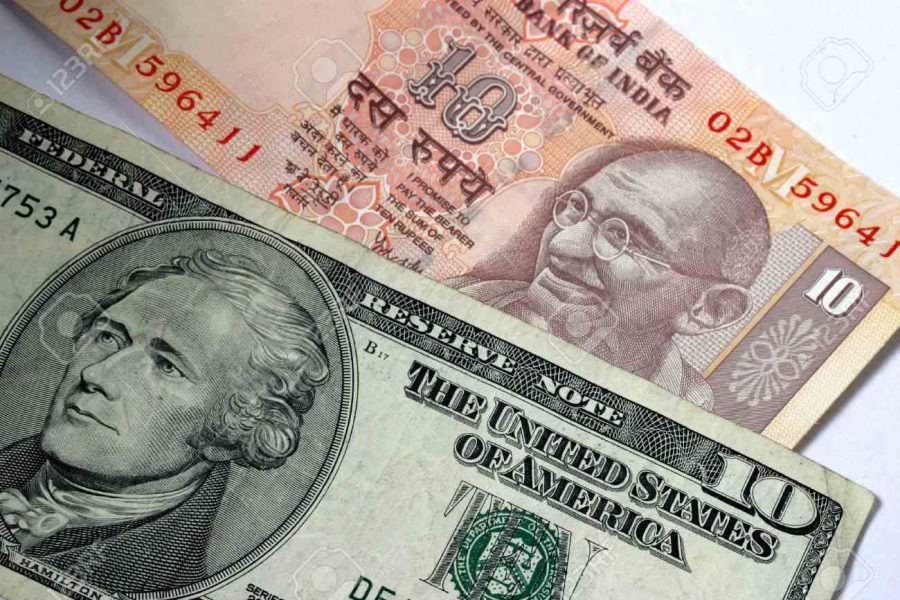Forex: Safe Haven vs. High Yield Currencies
September 17, 2020

Not all currencies are the same. This is a truth, only apparently obvious, that all seasoned Forex traders know. A truth that beginners should quickly metabolize if they intend to trade profitably and contextualize market movements.
In this article, we talk about two rather limited categories: the one headed by safe-haven currencies and the one headed by high-yield currencies.
Why it's good to know the difference between currencies
Currencies reflect the economy of the country to which they are linked. Furthermore, their movements are the product of the decisions of the respective central banks, which, if not exclusively determining, nevertheless impact the performance of the various currency denominations.
Knowing the reference category of this or that currency allows the trader to contextualize price movements. In turn, acquiring context notes allows for intuiting future movements. This is the main reason why yes, it is absolutely necessary to know the macro-categories to which the various currencies belong.
Obviously, the distinctions and discriminating elements are numerous. In this article, we deal with those that refer to interest rates, as established by central banks.
Safe-haven currencies
Safe-haven currencies can be assimilated to safe-haven assets. This category includes the dollar, the euro, the yen, the pound, and the Swiss franc. They are characterized by relatively low volatility and behavior by central banks that is, on average, rather accommodating, at least compared to other currencies. Specifically, central banks that manage safe-haven currencies tend to keep rates low. The reason is simple: being far from emerging economies, inflation tends to always be rather low, or at least rarely exceeds guard levels (which stand at 2.5%). In some cases, such as the Eurozone and Japan, inflation is constantly (and undesirably) below the target.
Yields are therefore very low. For this reason, during periods of global economic growth, they are generally "snubbed", only to come back into vogue during periods of decline or geopolitical tension. Being relatively less volatile, and being inserted in a rather narrow range of interest rates, they represent a safety in those historical phases that require prudence, during which the preservation of assets is a more felt need than yield. Hence, the qualification of safe-haven currency.
Therefore, it is easy to imagine, at least in theory, an appreciation during the more convulsive phases and periods of economic contraction. Similarly, it is easy to imagine a depreciation during phases of expansion.
High-yield currencies
The discourse is radically different for high-yield currencies. After all, it is the name that suggests their main characteristic: they are high-yielding. The reason is simple: the respective central banks often and willingly set yield rates at high levels, far higher than those of the various ECB, Fed, Bank of England.
It is generally a forced move: the economies that are linked to high-yield currencies are often in hyperinflation, or at least prices are growing beyond the guard level. As those who understand a bit of macroeconomics know, the best way to keep inflation in check is to keep rates high. By "high", we mean percentages above 3.5%, although often it reaches 6 or 7. To give a context note, just think that the highest Fed interest rate in the last twelve years has not gone beyond 2.5%.
Many currencies are part of the high-yield category, including the Brazilian real and the Indian rupee. Strictly speaking, the Chinese yuan should also be part of it, but the Chinese central bank exercises stringent control over quotations, so the Beijing currency represents a separate case.
In general, high-yield currencies are characterized by greater volatility. If nothing else, because the exchanges that concern them refer to a less liquid market than that of the euro, dollar, yuan, etc.
For the rest, they behave, at least on paper, in the opposite way to safe havens. In fact, they are purchased during periods of economic expansion, during which they undergo an appreciation. On the other hand, they are sold during periods of contraction or chaos, when they undergo a depreciation.




